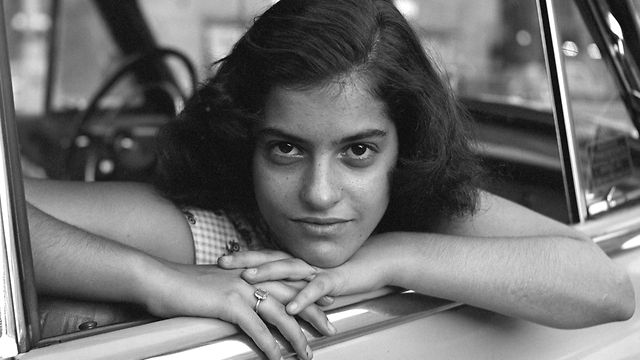
The fine documentary Memories of Love Returned is the result of an accidental meeting. On a 2002 trip to his native Uganda, actor Ntare Guma Mbaho Mwine (Treme, The Chi, The Lincoln Lawyer) happened upon a rural studio portrait photographer named Kibaate. Over a span of decades, Kibaate had documented everyday people over decades in thousands of portrait, many of them stunningly evocative. Mwine helped Kibaate preserve his body of work, and, after Kibaate’s death 20 years later, organized a public showcase of Kibaate’s collection.
The revelation of the unknown Kibaate as an artistic genius, is a compelling enough story, but the exhibition prompts a complicated and sometimes awkward exploration of Kibaate’s siring a prodigious number of children with a bevy of surviving mothers. The filmmaker’s own health and family story takes Memories of Love Returned seamlessly into another direction, topped off by Kibaate’s documentation of Ugandan LGBTQ culture.
Memories of Love Returned is the second documentary feature directed by Mwine. Executive-produced by Steven Soderberrgh, the film has been piling up awards from film festivals. I screened Memories of Love Returned for Slamdance.
Through March 7, 2025, you can stream Memories of Love Returned on the Slamdance Slamdance Channel. A 2025 Slamdance Film Festival Virtual Pass, which brings you Memories of Love Returned and almost all of my Slamdance recommendations, only costs $50.


